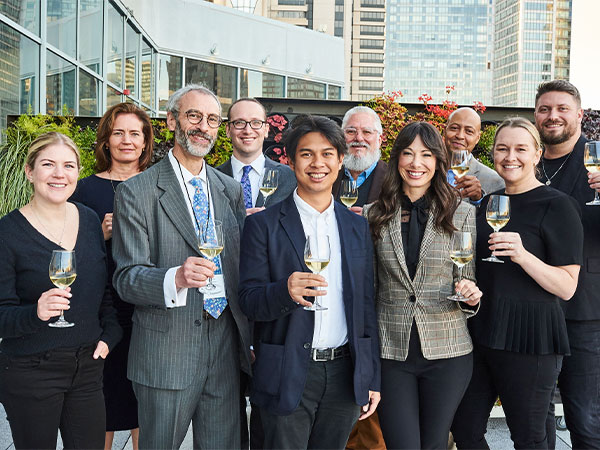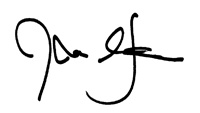

At 40, we’re turning a new leaf.
We’ve researched paths toward carbon neutrality and found that the right mix of print and digital publishing presents the best way forward—as long as we manage our paper use with care.
So, in 2022, we will no longer tie our tastings to our seven print issues. Instead we will publish quarterly print editions and focus our tasting coverage online. This month, we are launching the first of our bi-weekly regional editions, with in-depth coverage of the wines that performed best in our tastings. In each regional edition, we will share perspectives on producers, vintages, essays from our archives and current buying advice on vintages and wines. Each of these reports will be open to all of our website visitors during its two-week run, then archived for subscribers to reference.
Our first quarterly print edition in 2022 will be the Spring issue—focused on the state of restaurants and featuring our exclusive report on our Annual Restaurant Poll. We will mail the Spring issue in early March to our core audience in the wine community, including a carefully managed list of restaurant and retail wine buyers, and we will promote it on a select number of magazine racks at bookstores in the US and Canada. This tightly focused distribution is a radical shift in how we share our excitement around the bottles we open and, we hope, a timely one.
When this magazine was launched, new stainless-steel tanks in Bordeaux were just being readied for the ripe cabernet grapes of the 1982 vintage. There was a lot of inferior Bordeaux in the market, from troubled vintages of the 1970s, and it was the role of the retailer and, increasingly, the wine critic, to separate out the clean and fragrant from the wines with gout de terroir, the term of the time for perceptible flaws.
By the turn of the century, technology in the vineyards and cellars had led to far fewer bad wines on offer. Meanwhile, those same tools helped a new breed of rich, pristine cult cabernets corner the market. We never found pleasure in these hyper-selected products of technology. Instead, we gravitated toward wines that tasted like a product of the earth—the kind of wines that had convinced many winemakers, retailers and sommeliers, wine distributors and importers to devote their careers to the industry.
If our first 20 years were dedicated to helping consumers separate the wheat from the chaff, we have worked through the next 20 years to build a community around great wine in the classical sense: wines from distinctive sites, grown and made to carry the message of their site into the bottle and preserve it. There are high-level wine consumers who share our fascination with these wines, as do many of the gatekeepers in the trade.
While have built websites and events to share our recommendations with our community, our print publication has remained at the center of our business, even as technology in media has changed more radically than the technology bolstering the wine market.
The earth, itself, has changed, with climate shifts impacting both greater and lesser sites, often in unexpected ways. So, this past October, as I prepared a presentation for Michelle Bouffard’s Tasting Climate Change conference, I finalized plans with our team to shift to a new publishing model.
Our goal over time is to provide a sustainable, carbon-neutral voice for wines of a place. Our reporting will continue to consider how a changing climate may change these wines and to foster a community that shares our fascination with beautiful products of the earth.
We look forward to sharing many great bottles with you in the years to come,


Joshua Greene is the editor and publisher of Wine & Spirits magazine.
This is a W&S web exclusive. Get access to all of our feature stories by signing up today.
















